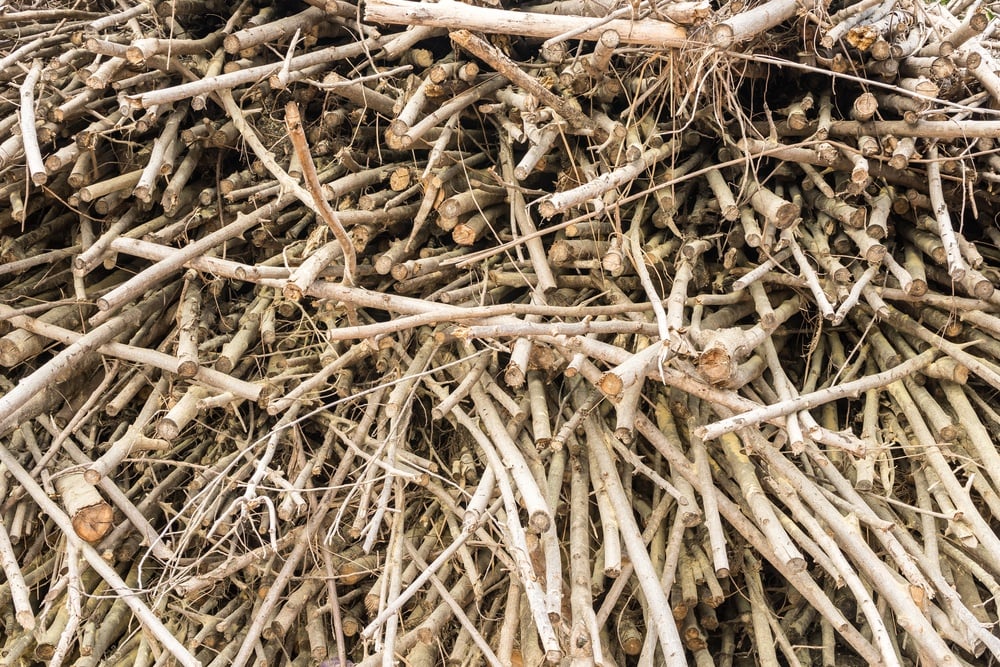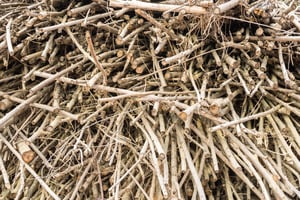3 min read
South Korea's Largest Wood Pellet Plant to Launch in September
John Greene
:
August 11, 2017

Per a recent article published by Argus Media, a global provider of energy price assessments and analysis of international energy markets, the South Korean wood pellet market is expanding with the addition of a new biomass manufacturing facility.
South Korean energy company SY Energy is in the process of performing tests on a new 300,000 tons/year wood pellet production facility in Jincheon, Chungcheongbuk-do province, and plans to reach full capacity by September. The facility will be SY Energy's second, and the country's largest wood pellet production plant, which will produce roughly 960 tons/day after launch.
Raw materials for the facility will be provided by local trading firm LS Network, which will also be the primary distributor of SY Energy's wood pellets in the region. Raw materials will come from high-quality woody biomass sources and the company's wood pellets will initially be targeted for use in power generation facilities.
Its first plant, also in Chungcheongbuk-do province, produces roughly 20,000 tons/year of wood pellets. Based on current output, SY Energy's parent company, Shinyoung E&P, is already South Korea's largest producer of wood pellets, holding around one-fifth of the domestic market share. South Korea is also estimated to have roughly 20 smaller companies producing a combined volume of 85,000-100,000 tons/year of pellets.
Wood Pellet Demand in South Korea
As we noted in our in-depth coverage of the developing Asian market, wood pellet demand in South Korea is expected to increase given the rise in new biomass-consuming facilities scheduled to come on line in the next few years. South Korea's wood pellet imports climbed to 1.72 million tons in 2016, which represents an increase of 17 percent over 2015. Imports could reach over 2 million tons this year as utilities continue to transition to a broader use of biomass.
Planned new projects include two dedicated plants by utility provider Korea Midland Power (Komipo) and construction company Hanyang and state-controlled nuclear power producer KNHP, as well as the conversion of utility provider Korea South East Power's (Koen) two coal-fired units at its Yeongdong power plant. The three projects alone will increase demand by 3.6 million tons/year when they are operational by 2020.
The short timing for the new start-ups in 2020 could create fierce competition for wood pellets, particularly for project developers that have not developed term contracts for large volumes. Argus calculates that, based on the current pipeline and future demand, South Korean wood pellet demand could reach 6 million tons/year or higher by 2020.
Argus notes that, “Despite the potential demand, domestic wood pellet producers will face a number of obstacles, including an unstable renewable energy credit (REC) policy. The REC credit weighting for different technologies is reviewed every three years, meaning possible revisions on the RECs earned for burning wood pellets and other biomass sources in the future. And biomass will face competition from other renewable energy sources, such as wind and solar.”
Near-Term Challenges
Wood pellet standards of quality have yet to be outlined by the government, and Vietnam has been South Korea’s primary  source for imported wood pellets over the last three years, with amounts steadily increasing on an annual basis since 2012. In 2015, Vietnam supplied 70 percent of South Korea’s wood pellets at the lowest USD$ per-metric-ton cost. South Korean electricity generators have establish new tender invitations that distinguish between “wood pellets” and “woody biomass from short-rotation forests (SRF).” This change gives the generators the opportunity to source lower cost biomass if they so choose, while allowing them to account for the varying quality of the two categories when evaluating the price of the tender.
source for imported wood pellets over the last three years, with amounts steadily increasing on an annual basis since 2012. In 2015, Vietnam supplied 70 percent of South Korea’s wood pellets at the lowest USD$ per-metric-ton cost. South Korean electricity generators have establish new tender invitations that distinguish between “wood pellets” and “woody biomass from short-rotation forests (SRF).” This change gives the generators the opportunity to source lower cost biomass if they so choose, while allowing them to account for the varying quality of the two categories when evaluating the price of the tender.
But this distinction is also challenging and has caused confusion among industry participants, as various South Korean government ministries, forestry organizations and international standards differ in their classifications of pellets and SRF materials.
SY Energy chief executive Kim Ji-Yeung noted that, "In South Korea, there is too much dependence on wood pellets from abroad, which does not leave enough room for development of domestic sources.” He added that the government should provide more incentives for domestic production as local supply would "reduce carbon emissions compared with imported sources and be more environmentally friendly.”
However, like many other countries that have recently transitioned to more biomass power generation, wood pellets can be sourced economically and sustainably from foreign destinations as well. This will likely be the most sensible solution for South Korea in the near-term, as demand surges over the next three years.





